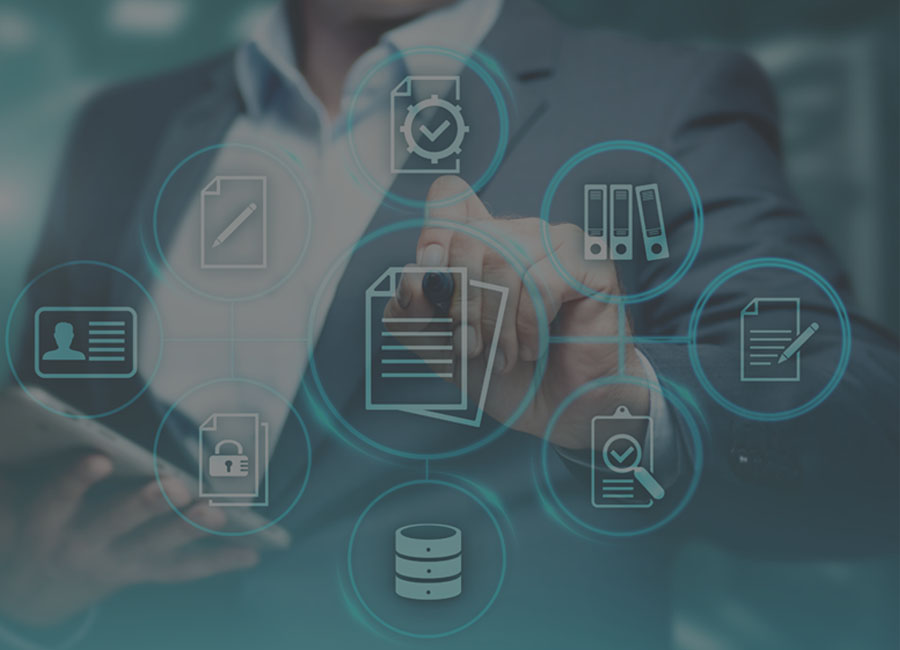Reduced cost of processing and storage, no need to change the architecture with multiple growths of data volumes are among the best benefits of the data room.
Why Is It Important to Use a Data Room Platform?
The development of the data room platforms today is moving to a qualitatively new level, where knowledge and information technologies, as tools for working with knowledge, are of decisive importance in achieving high socio-economic results. The dissemination of information technologies and access to them determine the level of innovation activity of economic entities, the quality of life of citizens.
For centuries, universities have been the conduit of new knowledge, but in the traditional information and knowledge environment, students receive knowledge that has time to become outdated before it appears in classrooms and libraries. According to experts, the relevance of new knowledge persists for 3-5 years from the moment of its receipt for the creation of innovations. This is confirmed by the objects around us in everyday life: mobile devices, cars, food, in the production of which many new scientific achievements are used.
New information communication technologies and data room platforms lead to the birth of a new world, where there are practically no barriers to the creation, exchange, and dissemination of knowledge. This is mainly due to the development of the Internet and new technologies such as web 2.0, which minimize the number of links in the path of knowledge from its creation to its implementation into innovation. On the basis of modern ICT, a single information space is being created, including databases of business and scientific information, communities of professionals, consumers, where knowledge circulates freely, regardless of the authorities from science and education.
What Are the Benefits of a Modern Data Room Platform?
The main benefits of modern data room platform are:
- Collecting all possible internal data.
- Purchase of relevant external data.
- Full data integration of all systems.
- Maximum penetration of security equipment.
- Data management and full BI coverage.
However, there are some disadvantages you need to pay attention to:
- Code management practices have not kept pace with the use of open source-software.
- Security issues are often ignored for the sake of innovation, risks are often not measured and sometimes not even identified.
- At the same time, the increased involvement of large companies in development significantly reduces risks and increases the quality and consistency of components.
- Large vendors have recently been setting their licensing policy so that there are no real alternatives to open source platforms.
- Code management practices don’t keep up with the scale of use.
However, only the use of dataroom rating features with the prefix “smart” or implying their “smart” application cannot determine the nature of a new type of education. If we analyze various technological solutions for the education sector that are positioned as smart, then we can list the following: smart boards, smart textbooks, smart projectors, software for creating and distributing educational content, which is interactive and communicative in nature. A number of other technologies, primarily various types of Social Media and Data Mining technologies, are also used in the smart education segment.
In the context of constant growth in the volume and rate of knowledge renewal, the task of organizing independent search and research work of students and the further application of the knowledge they have acquired to solve professional problems becomes especially urgent. A transition to smart education is needed, the defining direction of development of which is the creation of an integrated environment with a high intellectual component.
